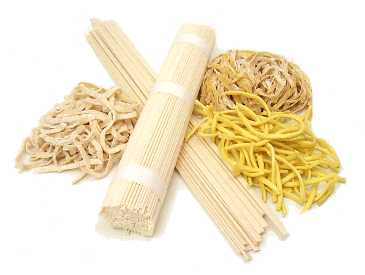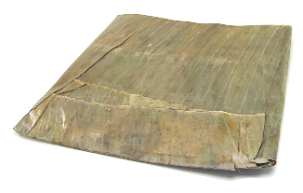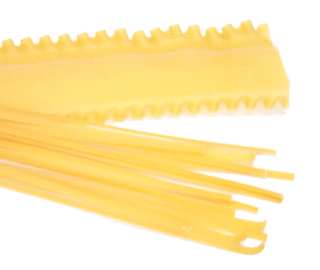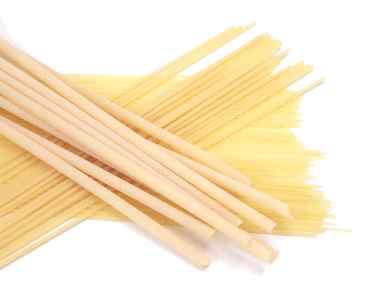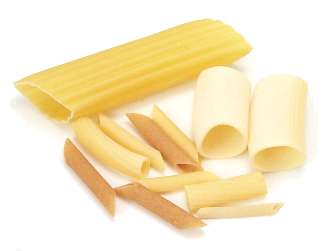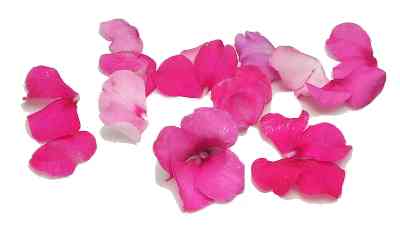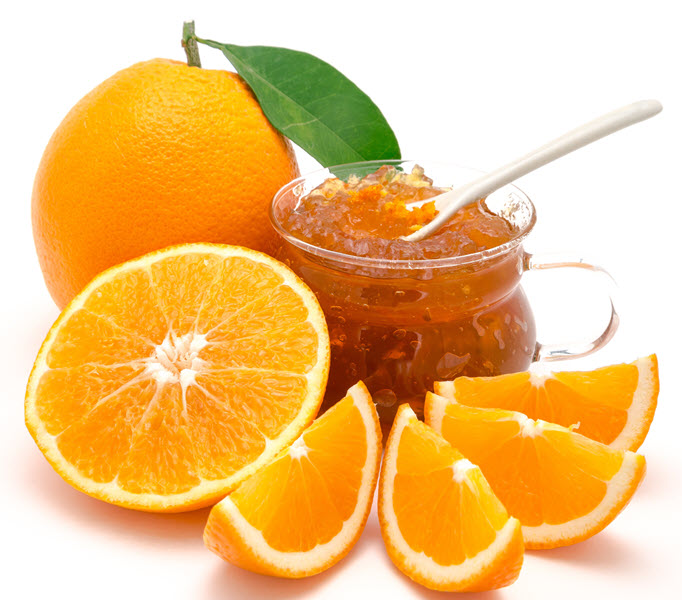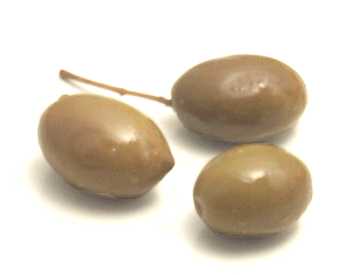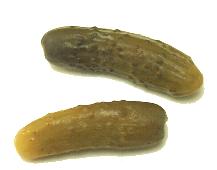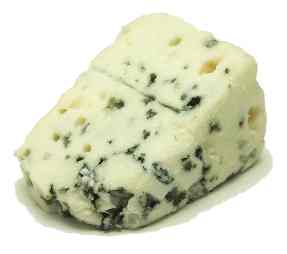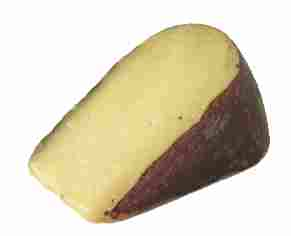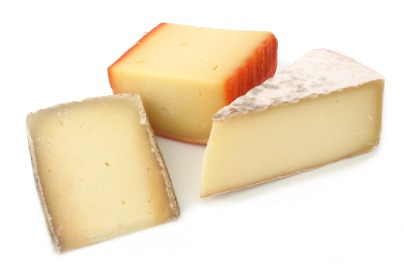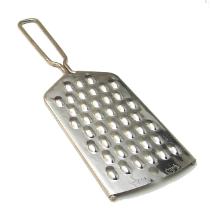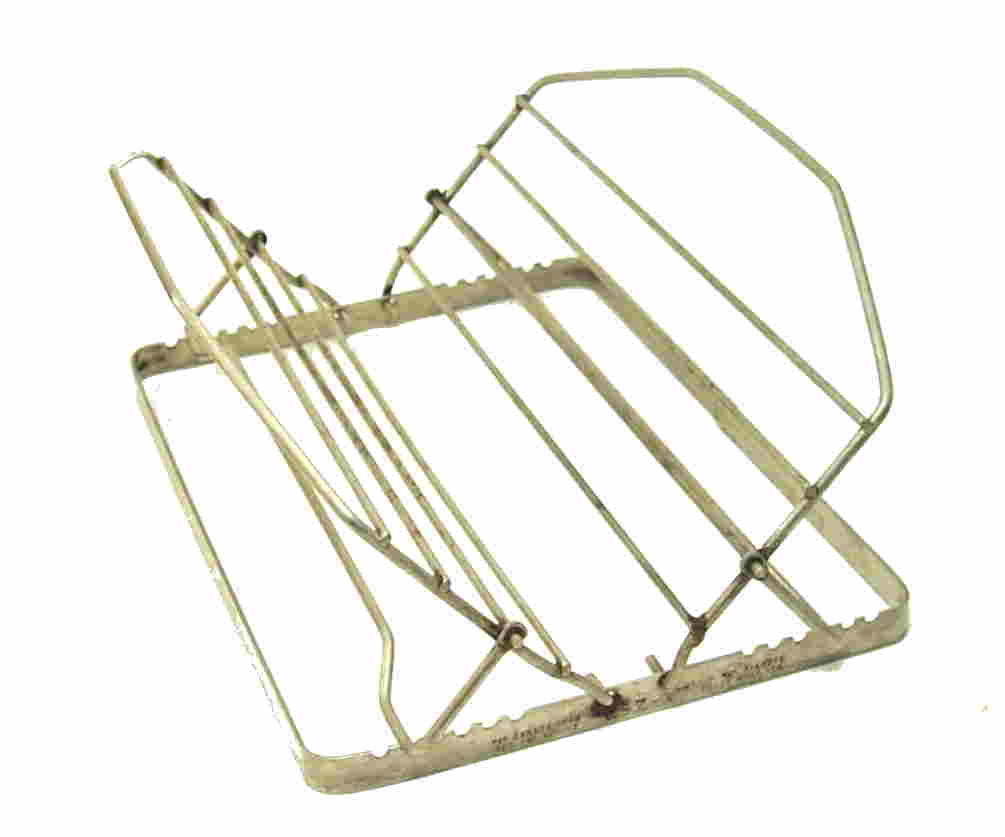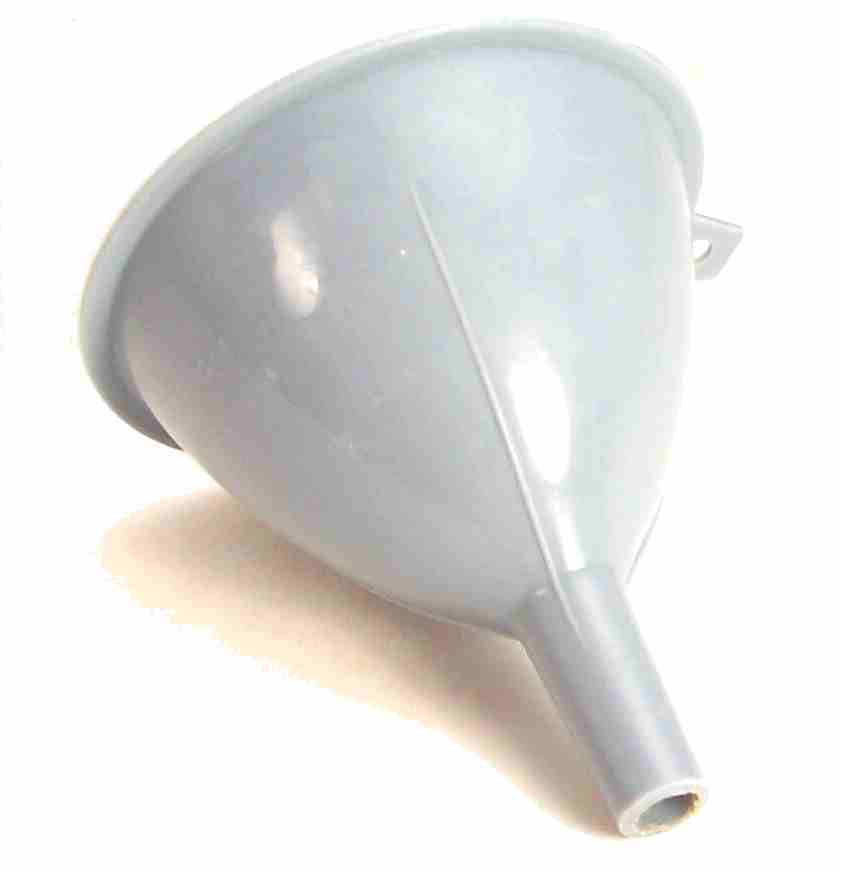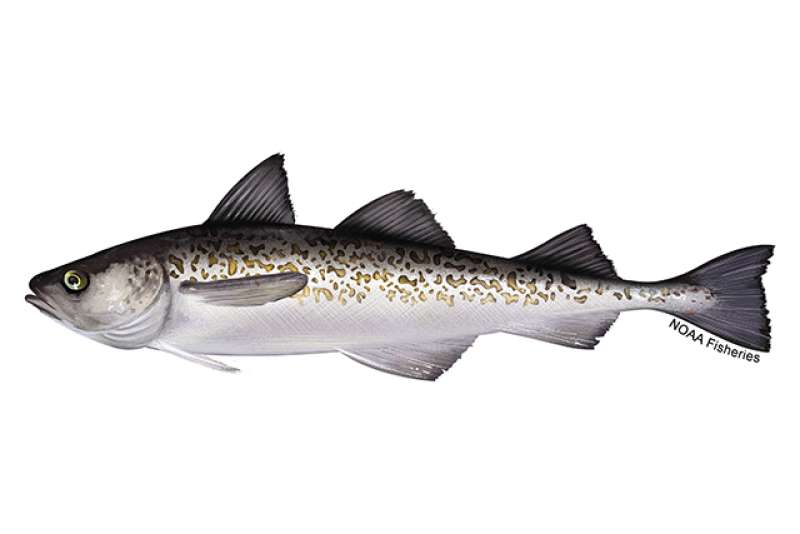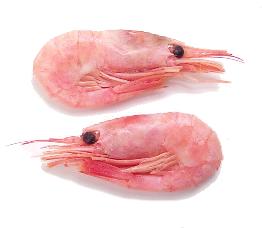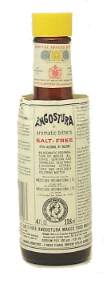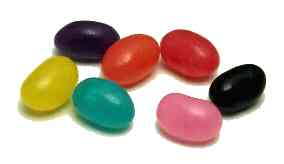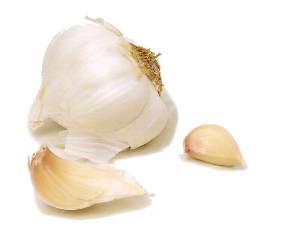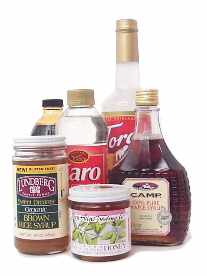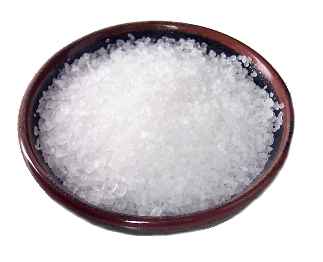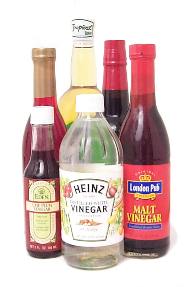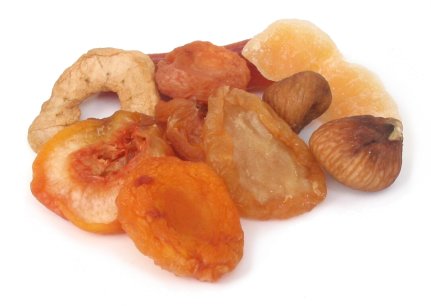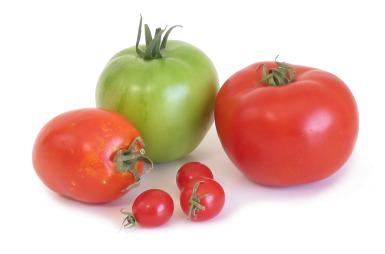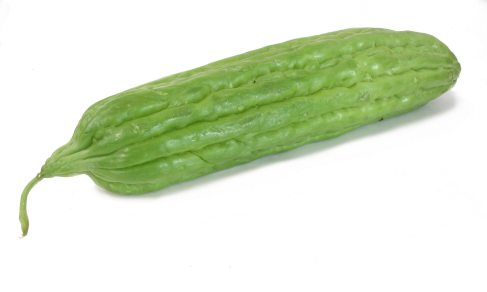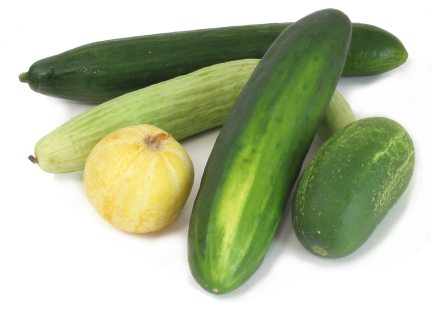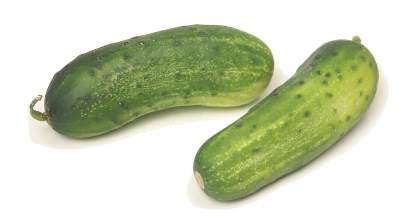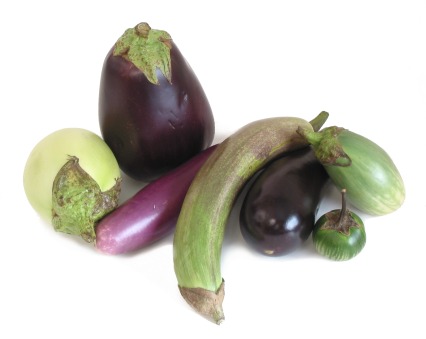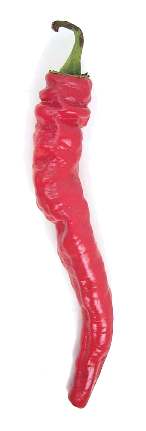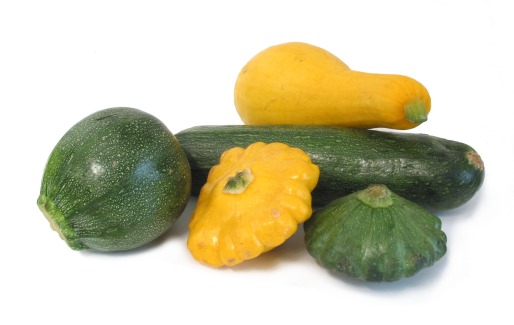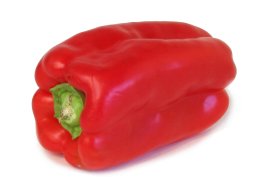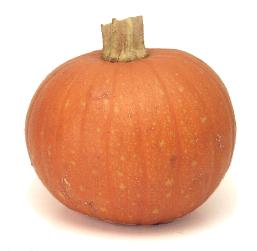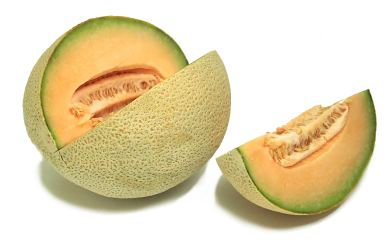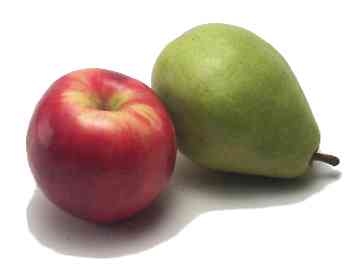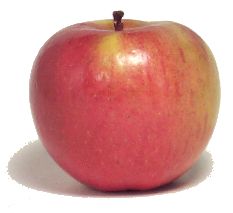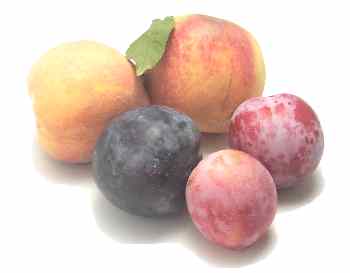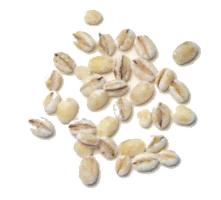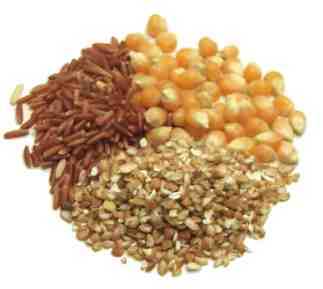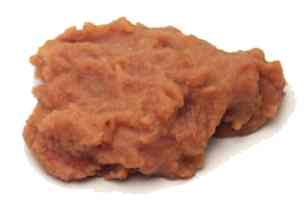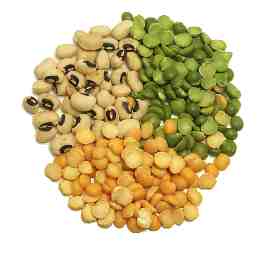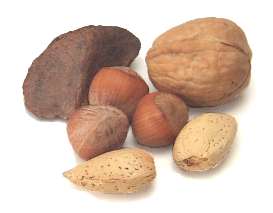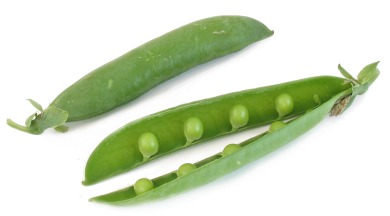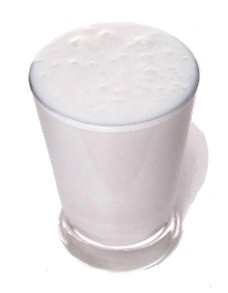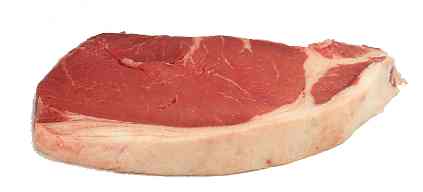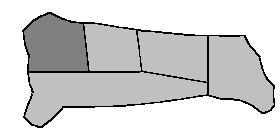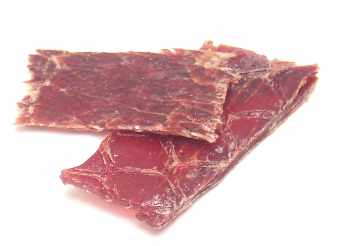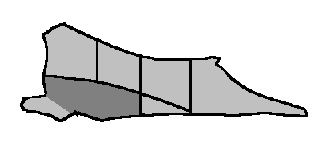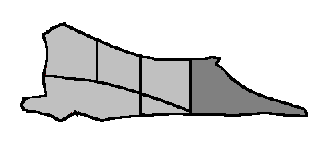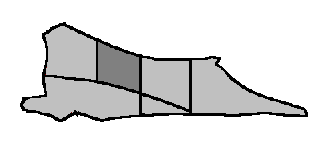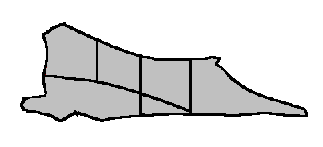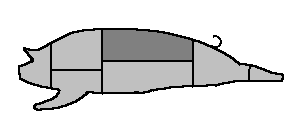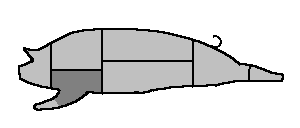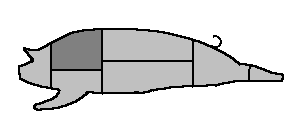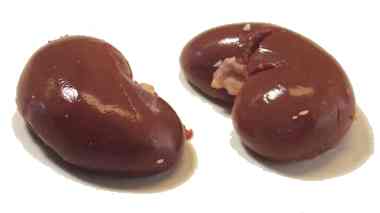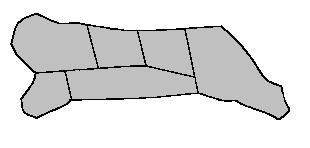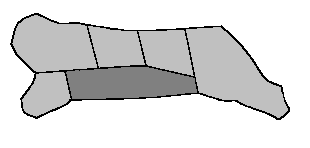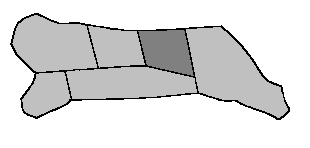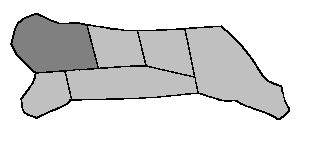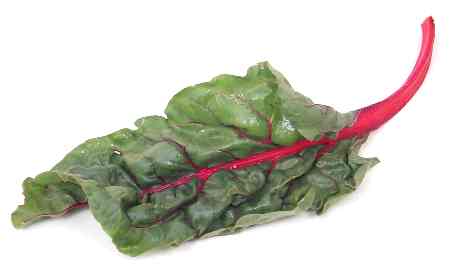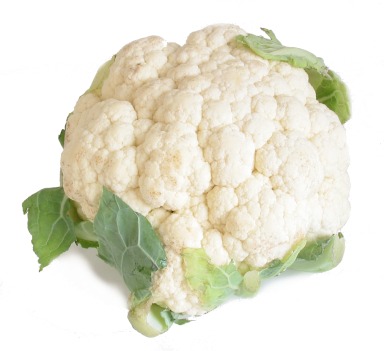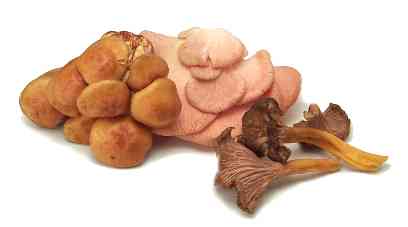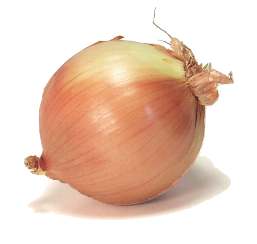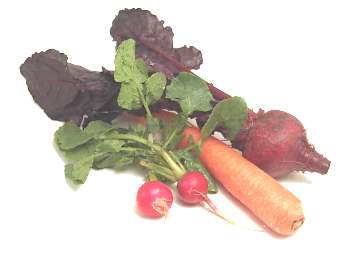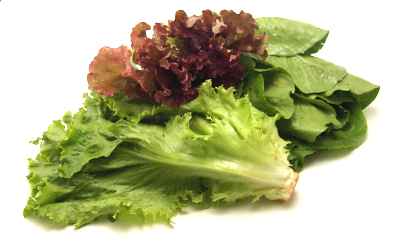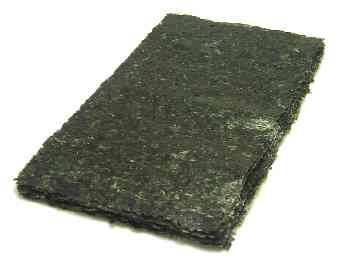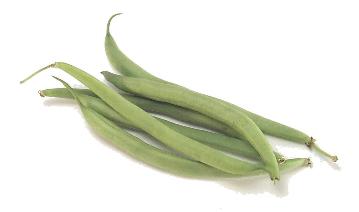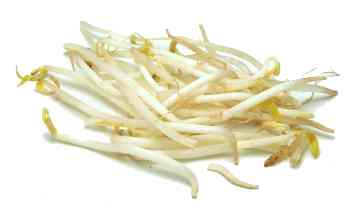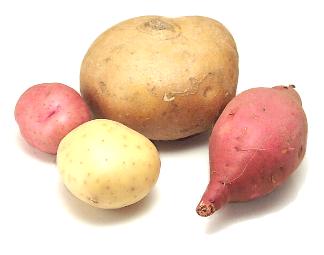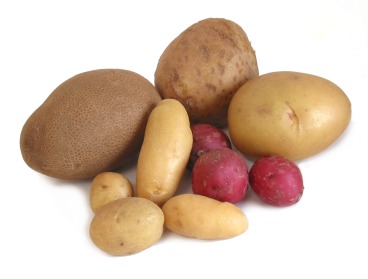Grain Products Category

Includes flour, noodles, and dough.
acini di pepe
Acini di pepe ("peppercorns") are a type of Italian soup pasta. They're very tiny, and usually served in broths. They're a classic ingredient in Italian wedding soup.
Learn moreagar
Since gelatin is made from animal tissue, many vegetarians rely upon this seaweed derivative as a substitute. Like ordinary gelatin, agar is flavorless and becomes gelatinous when it's dissolved in water, heated, and then cooled. Agar, though, gels more firmly than gelatin, and it sets and melts at a higher temperature--it can even set at room temperature. Agar, like gelatin, is full of protein (though incomplete), but it also contains the rich array of minerals one would expect from seaweed. To use agar, just soak it in the liquid for about 15 minutes, bring it to a gentle boil, then simmer while stirring until it's completely dissolved. The liquid will gel as it cools. Acids weakens agar's gelling power, so if you're firming an acidic liquid, use more. Like gelatin, agar will break down if exposed to the enzymes of certain raw fruits, like kiwi fruit, papayas, pineapple, peaches, mangos, guavas, and figs. Cooking these fruits, though, destroys the enzymes. If you plan to add any of these fruits to a gelatin salad, it's a good idea to buy them in cans, since all canned fruit is pre-cooked. Agar comes in flakes, powder, or bars.
Learn moreagar noodles
These are strips of agar agar gelatin, which are usually served cold in a salad. Before using, soak them in boiling water until they're soft.
Learn moreagnolotti
Italian for "priests' caps," agnolotti are small, stuffed crescents of egg-dough pasta that are usually filled with roasted meat, cheese, mushrooms, and/or spinach. A specialty of Italy's Piedmont region, they're great in a broth or pasta salad.
Learn moreall-purpose flour
Bleached and unbleached versions of all-purpose flour can be used interchangeably, though bleached flour is whiter and has less vitamin E than unbleached.
Learn morealmond meal
Specialty stores carry this, but you can get it for less at Middle Eastern markets.
Learn moreanelli
This variety of Italian pasta consists of small rings. It's used in soups and pasta salads. A tiny version is called anellini.
Learn moreangel hair pasta
Angel hair pasta is like spaghetti, only the rods are very thin. It's usually served in a broth or with very thin and delicate sauces.
Learn morearrowroot starch
This starch thickener has several advantages over cornstarch. It has a more neutral flavor, so it's a good thickener for delicately flavored sauces. It also works at a lower temperature, and tolerates acidic ingredients and prolonged cooking better. And while sauces thickened with cornstarch turn into a spongy mess if they're frozen, those made with arrowroot can be frozen and thawed with impunity. The downside is that arrowroot is pricier than cornstarch, and it's not a good thickener for dairy-based sauces, since it turns them slimy. Arrowroot also imparts a shiny gloss to foods, and while it can make a dessert sauce glow spectacularly, it can make a meat sauce look eerie and fake. To thicken with arrowroot, mix it with an equal amount of cold water, then whisk the slurry into a hot liquid for about 30 seconds. Look for it in Asian markets and health food stores. Equivalents: One tablespoon thickens one cup of liquid. Substitutes: tapioca starch (very similar) OR Instant ClearJel® OR cornstarch (Cornstarch doesn't impart as glossy a finish and can leave a starchy taste if undercooked.) OR kudzu powder OR potato starch OR rice starch OR flour (Flour makes an opaque sauce, imparts a floury taste, and can easily turn lumpy. Use twice as much flour as arrowroot.)
Learn morearrowroot vermicelli
These slender white Asian noodles are made from arrowroot starch. They resemble bean threads.
Learn moreAsian noodles
Until recently, the U.S. government required a noodle to contain flour, water, and eggs to be rightly called a noodle. Since most Asian noodles aren't made with eggs, this left them without much of an identity. The FDA permitted names like "alimentary paste" and "imitation noodles," but Asian noodle producers--from the birthplace of the noodle no less--could not use the n-word. The government finally relented, and we can now use the name "Asian noodles."
Learn moreAsian rice noodles
Rice noodles are made with rice flour, and are especially popular in Southeast Asia. It's easy to find dried rice noodles in large supermarkets, but you'll probably have to visit an Asian market to find them fresh. Rice noodles should be soaked in hot water before using. When they're soft and transparent, drain them and…
Learn moreAsian wheat noodles
These are made with wheat flour, salt, water, and sometimes eggs and flavorings. Always cook wheat noodles in plenty of boiling water. Some Asian cooks recommend cooking them until they're al dente (cooked through, but still firm), while others suggest cooking them a bit longer to make them softer. Rinse the noodles in cold water after they're done and let them drain. Toss them about to prevent them from sticking together, then fry them, or add them to your stir-fry or soup. Supermarkets often carry several varieties of dried Asian noodles, which can be stored indefinitely. Asian markets often carry fresh noodles, which can be kept for two or three days in your refrigerator.
Learn moreaspic powder
This is used to make a gelatinous glaze for cold meat, fish, or vegetables. When finished, the dish is said to be served "in aspic." Commercial aspic powder is made of gelatin, salt, and other flavorings. It also comes in sheets, called aspic leaves.
Learn morebajri flour
Poor farmers in India and Pakistan use this millet flour to make bread and griddle cakes. It's gluten-free. Look for it in India markets.
Learn morebamboo leaves
Southeast Asians use these to wrap and tie rice packets before steaming. They're hard to find fresh, but Asian markets often carry dried leaves in plastic bags. Soak them in warm water before using to prevent them from cracking.
Learn morebanana leaves
People in the tropics use these huge leaves to line cooking pits and to wrap everything from pigs to rice. The leaves impart a subtle anise fragrance to food and protect it while it's cooking. Frozen leaves--once thawed--work just fine. Boil the leaves before using them to keep them from cracking. Look for banana leaves among the frozen foods in Asian, Hispanic, or specialty markets.
Learn morebarley flour
other nonwheat flour Notes: To see how to substitute other flours for wheat flours when making yeast breads, see the listing under all-purpose flour.
Learn morebarquette
This is a small round or oval pastry shell that's usually topped with sweet or savory fillings.
Learn morebavettine
These are long rods, narrower than linguine but wider than spaghetti. They're best with light, delicate sauces.
Learn morebean curd skin noodles
These Chinese noodles are made from yuba, the skin that forms on soy milk when it's heated. They're chewy and very nutritious.
Learn morebean threads
These slender, gelatinous noodles are widely used throughout China and Southeast Asia. They're made from mung beans and almost flavorless, though they readily absorb other flavors. They're commonly used in soups, stir-fries, salads, desserts, and even drinks. Before using, soak them in hot water until they're soft and transparent (about 15 minutes), then add them to boiling water and cook them for no more than a minute. Rinse them in cold water and drain. The dried noodles can also be deep fried to make a crunchy garnish or bed for sauces.
Learn morebeurre manié
This flour-butter mixture is used to correct overly thin sauces at the last minute. To make it, blend equal weights of butter and flour, then knead them together. After you whisk it into a sauce, let it cook for no more than a minute or two, since sauces thickened with flour pick up a starchy taste after they've cooked for a few minutes.
Learn morebigoli
This Venetian pasta resembles thick spaghetti, only it has a rough surface to better absorb flavorful sauces. It's good with shellfish, beans, or hearty meat sauces.
Learn morebiscuit mix
Use this mix to make biscuits as well as pancakes and other baked goods. Bisquick is a well-known brand. To make biscuits from biscuit mix, combine 2 parts biscuit mix with 1 part water, roll out on floured surface, cut into biscuits, and bake for about 10 minutes at 425º.
Learn moreblack pasta
This is pasta flavored with squid or cuttlefish ink, which turns it black. It's best served with shellfish.
Learn moreblue atole flour
This is blue cornmeal that's been roasted. It's cooked and served for breakfast much like oatmeal.
Learn morebread dough
You can make this yourself, or buy ready-made dough in the frozen foods sections of your supermarket. In addition to baking them into bread, you can use them to make breadsticks, pizza dough, buns, rolls, and bagels.
Learn morebread flour
This flour has a high level of gluten, which gives bread more structure. Don't confuse it with gluten flour (also called vital wheat gluten), which is pure gluten and used as a bread additive or to make seitan. To see how to substitute other flours when making yeast breads, see the listing under all-purpose flour.
Learn morebuckwheat flour
This is a low-gluten gray flour that's great in pancakes and pastas. To see how to substitute other flours for wheat flours when making yeast breads, see the listing under all-purpose flour
Learn morecake flour
Includes: self-rising cake flour These substitutions will perform better if you also do this: (1) Mix the batter as little as possible. (2) Separate eggs, beat the whites, and fold them into the batter.
Learn morecalamaretti
These look like rings of squid ("calamari" in Italian). They're great with sauces.
Learn morecannelloni
Cannelloni ("big reeds" in Italian) are large pasta tubes that are usually stuffed with a meat or cheese filling, covered in sauce, and baked. The name is also used for the finished casserole.
Learn morecapellini
These are thin rods of Italian pasta, just a bit thicker than angel hair pasta. They're normally served in a broth or with a very light sauce.
Learn morecappelletti
These are two-inch squares of Italian pasta that are stuffed with filling, and then folded into the shape of a hat. They're usually served with a light sauce, or in a broth or pasta salad.
Learn morecarrageen
This purple seaweed can be cooked as a nutritious vegetable, but cooks are often more interested in the liquid it cooks in, for it thickens like gelatin when it cools. It's widely used in the British Isles to make puddings and molded gelatin desserts, or to thicken soups. A carrageen extract, called carrageenan, is used commercially to make ice cream, jelly, and other things. To use the dried seaweed as a thickener, first rinse it carefully, then soak it in water until it swells. Next add the carrageen to the liquid you wish to set, boil the liquid for about 10 minutes, then strain out and discard the carrageen. Look for dried carrageen in health food stores.
Learn morecasarecce
Casarecci means "homemade" in Italian, and these short lengths of rolled and twisted Italian pasta are great at trapping sauces.
Learn morecassava flour
Brazilians use this as a thickener for stews. Look for it in Hispanic markets.
Learn more
